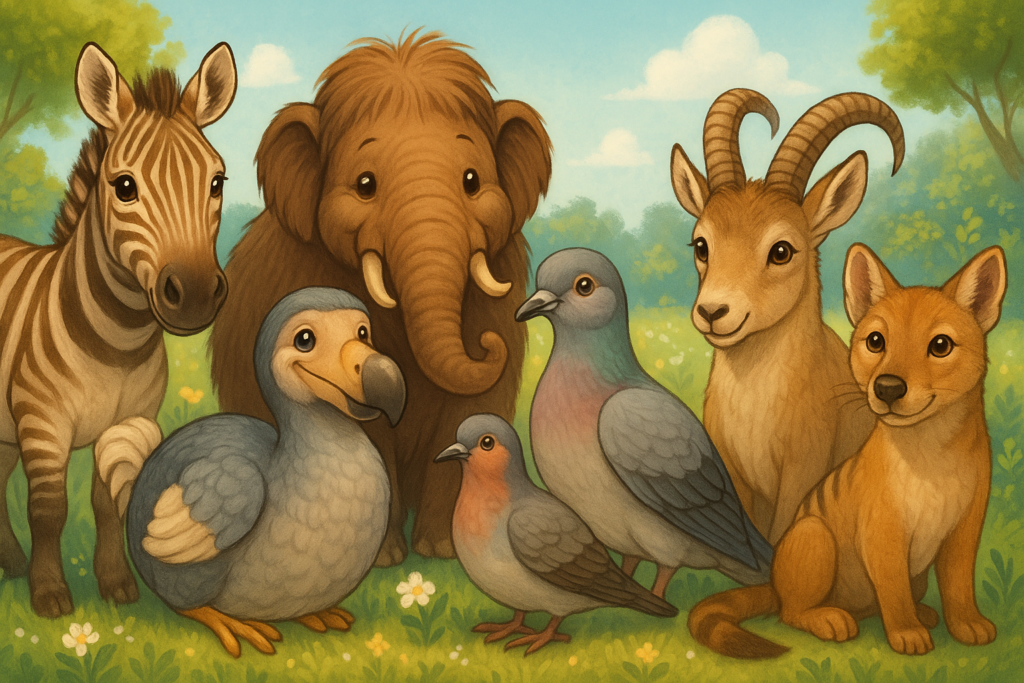
Imagine a world where your next cuddle buddy could be a creature last seen thousands of years ago. Scientists aren’t just reviving mammoths or saber-toothed predators anymore, they’re eyeing the gentle, huggable ones too. From prehistoric pets to charming creatures that vanished too soon, this movement isn’t just about science; it’s about heart, ethics, and curiosity. But is bringing back these animals a good idea… or just a fuzzy fantasy? Keep reading to find out which adorable creatures are getting a second chance, maybe.
The Quagga
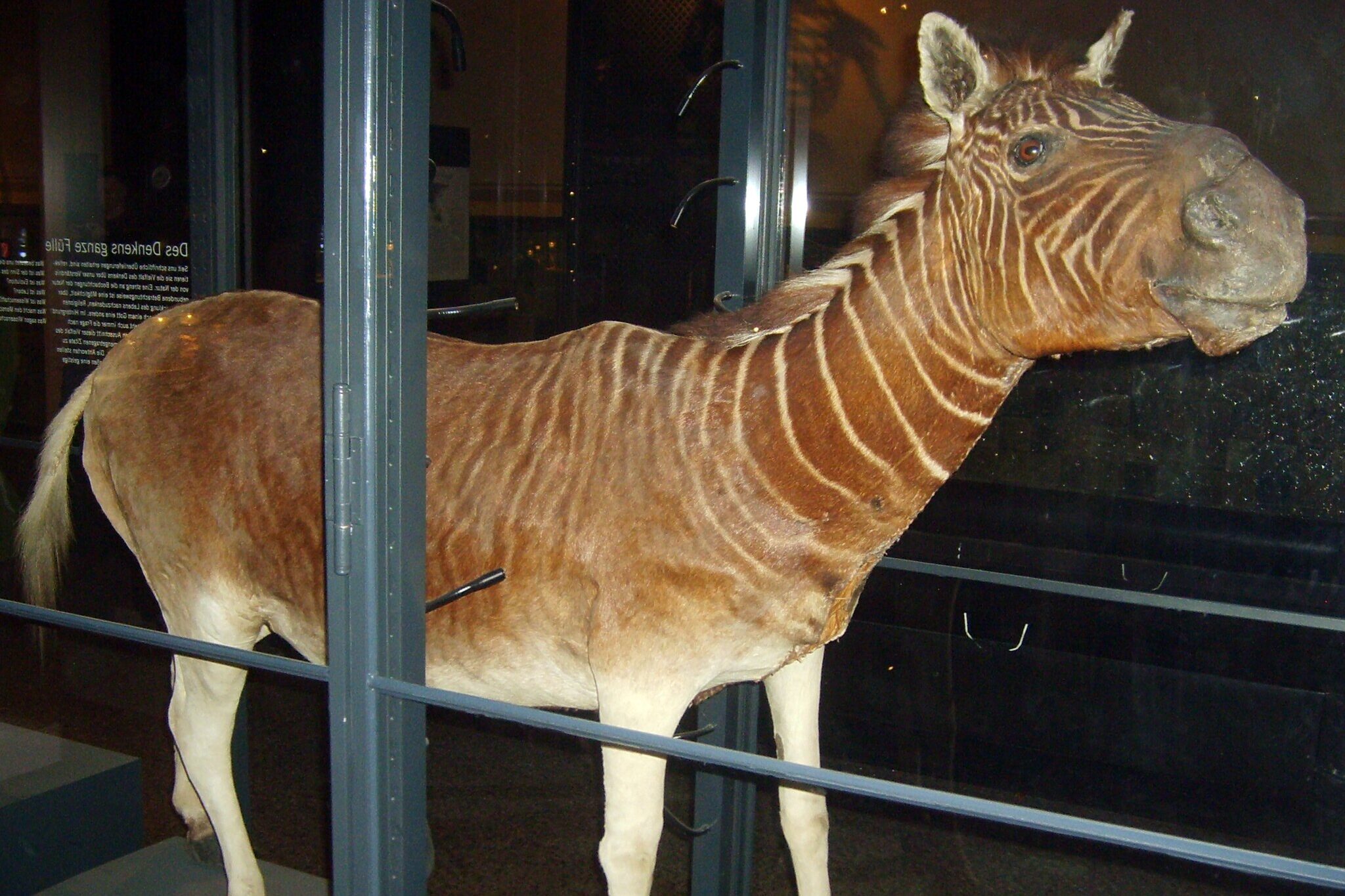
Part zebra, part horse, and all heart, the quagga once roamed the South African plains in peaceful herds. It was known for its calm nature and unique half-striped coat. Tragically hunted to extinction by the late 1800s, the quagga is now the star of selective breeding programs aiming to bring its gentle spirit back. Scientists believe it could be reintroduced without major ecological disruption due to its close relation to modern zebras. The real challenge isn’t the science, it’s deciding if we should bring back something just because we can. But one thing’s for sure: the quagga’s soft eyes and mellow ways still tug at our hearts.
Source: Quagga | Omicsonline
The Woolly Mammoth

Sure, they’re massive. But woolly mammoths weren’t just prehistoric tanks, they were intelligent, social, and surprisingly affectionate within their herds. With thick fur and soulful eyes, they’ve become the poster animal for de-extinction. Scientists aim to recreate them using Asian elephants as genetic surrogates. The hope is that reintroducing mammoths could even help slow Arctic permafrost melt. But beyond the climate fix, there’s a nostalgic desire to see these shaggy giants walk the earth again. The real question: are we doing it for science, the planet, or just because we miss them?
Source: Woolly Mammoth | Atmos
The Dodo
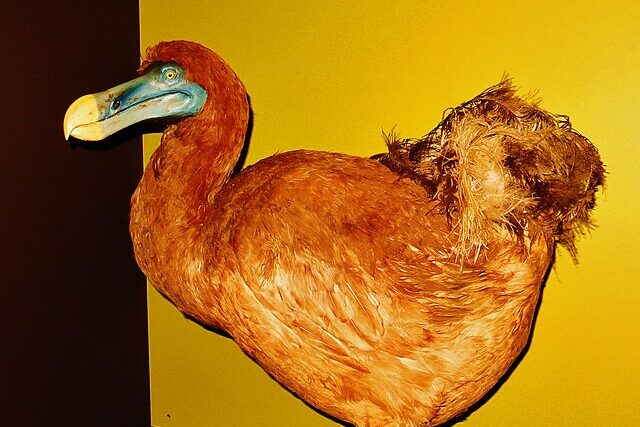
No animal’s name is more synonymous with extinction than the dodo. This flightless bird from Mauritius was famously friendly and easy to catch, unfortunately, that led to its demise. Scientists now have enough dodo DNA to start serious conversations about bringing it back. The idea? A modern dodo might thrive in controlled habitats or even become a kind of living museum of what we once lost. The emotional appeal is strong: the dodo never had a fighting chance. But should we play nature’s undo button just because it makes us feel better?
Source: Dodo | ISTA
The Passenger Pigeon
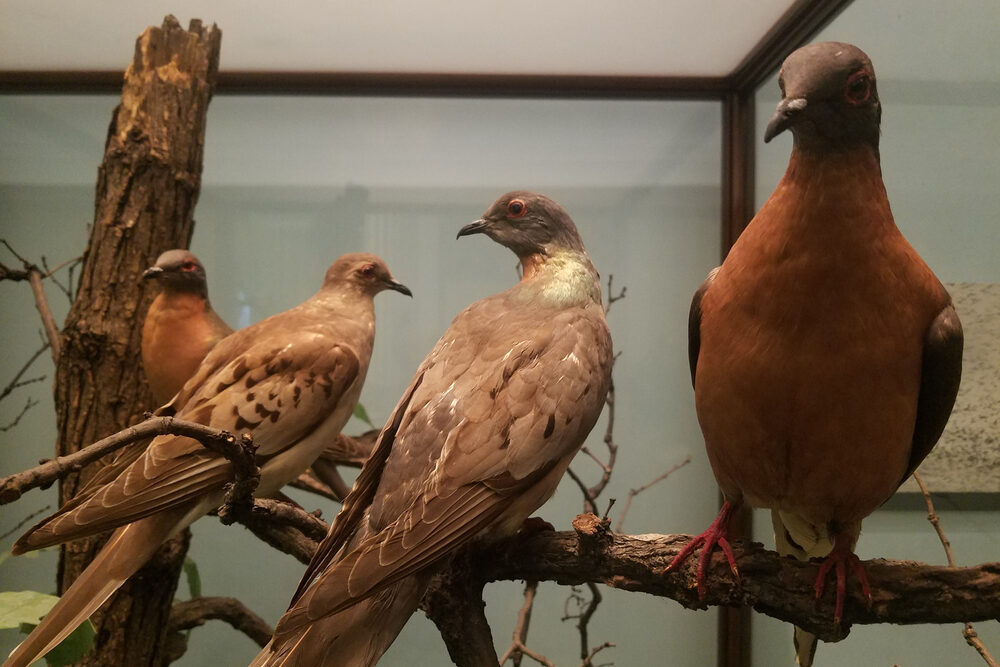
At one time, passenger pigeons filled American skies by the billions, flying in dense flocks and living closely together in massive colonies. They weren’t just common, they were loved for their sociable nature and graceful flight. But overhunting and habitat destruction wiped them out by the early 1900s. Today, scientists are exploring ways to revive them using band-tailed pigeons as a base. While their return wouldn’t be without challenges, their cooperative behavior and low aggression make them a top contender for de-extinction. Still, can these flock-loving birds find their place in today’s fractured forests?
Source: Passenger Pigeon | Revive & Restore
The Pyrenean Ibex
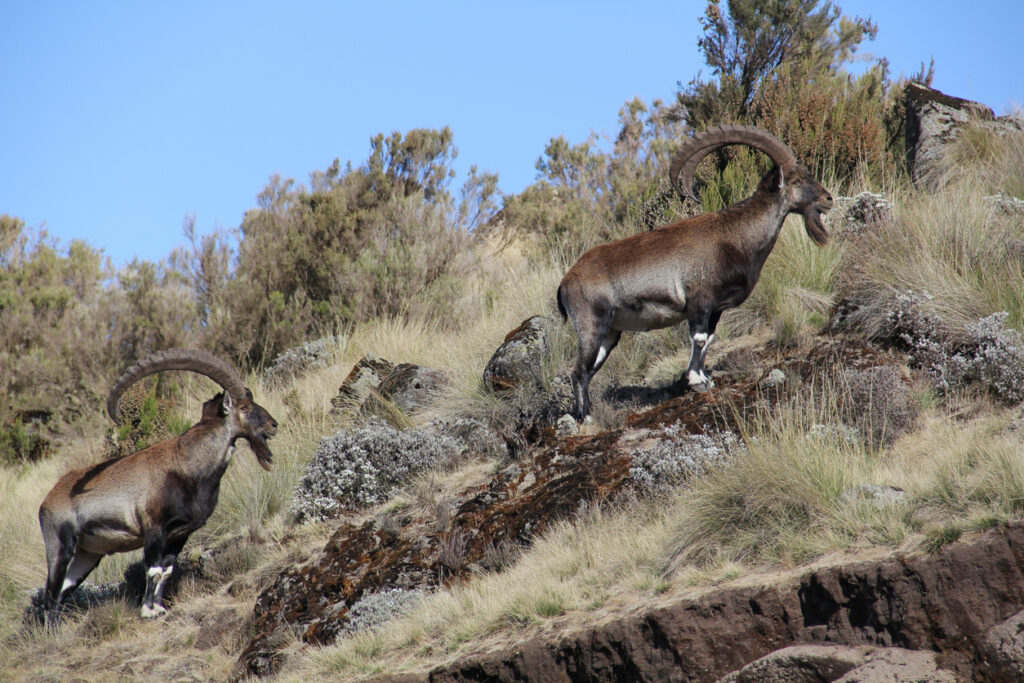
Known for its shy demeanor and incredible climbing ability, the Pyrenean ibex once lived quietly in the mountains between France and Spain. Its extinction in 2000 was a quiet tragedy. It briefly made history as the first extinct animal to be cloned, only to die minutes after birth. Despite the heartbreak, scientists haven’t given up. This gentle mountain goat represents more than just cloning tech, it’s a symbol of our complicated relationship with the animals we’ve lost. Reviving it might not change the world, but it could heal a part of our collective guilt.
The Thylacine
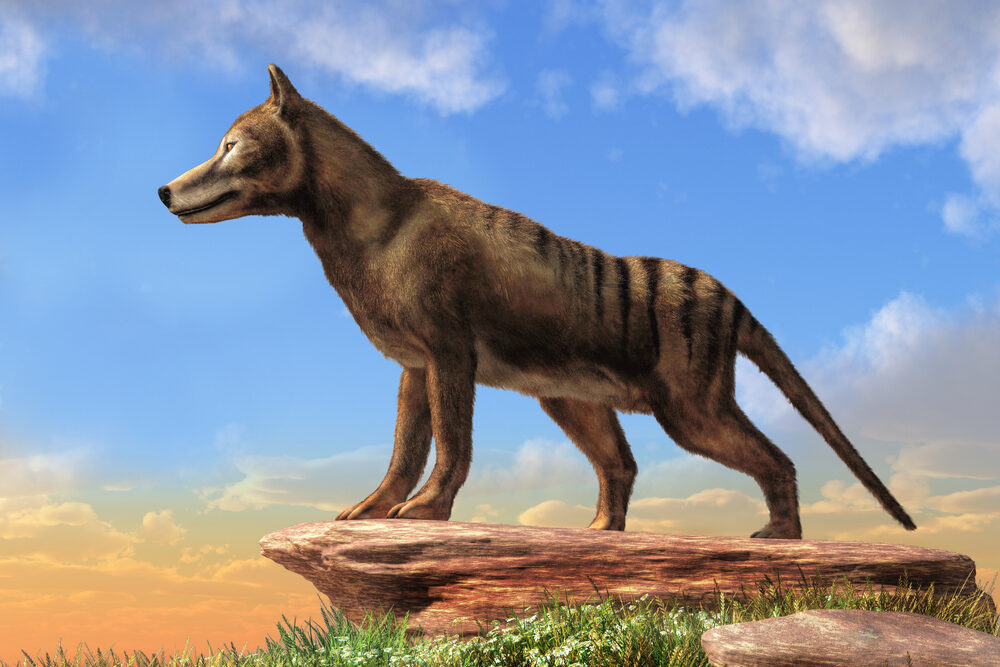
Also known as the Tasmanian tiger, the thylacine was a misunderstood marsupial. Despite rumors of livestock killing, many experts now believe it was more of a shy scavenger than a vicious predator. With its dog-like face and subtle temperament, this extinct Australian animal has become a candidate for resurrection through advanced gene editing. If brought back, the thylacine could help rebalance ecosystems in Tasmania. But there’s a deeper emotional draw here, it never got the chance to prove it wasn’t the villain people thought it was.
What do you think about bringing back extinct animals? Is it heartwarming science or a step too far? Scroll down to share your thoughts in the comments, and don’t forget to follow for more stories that blend nature, nostalgia, and the fascinating future of science.


